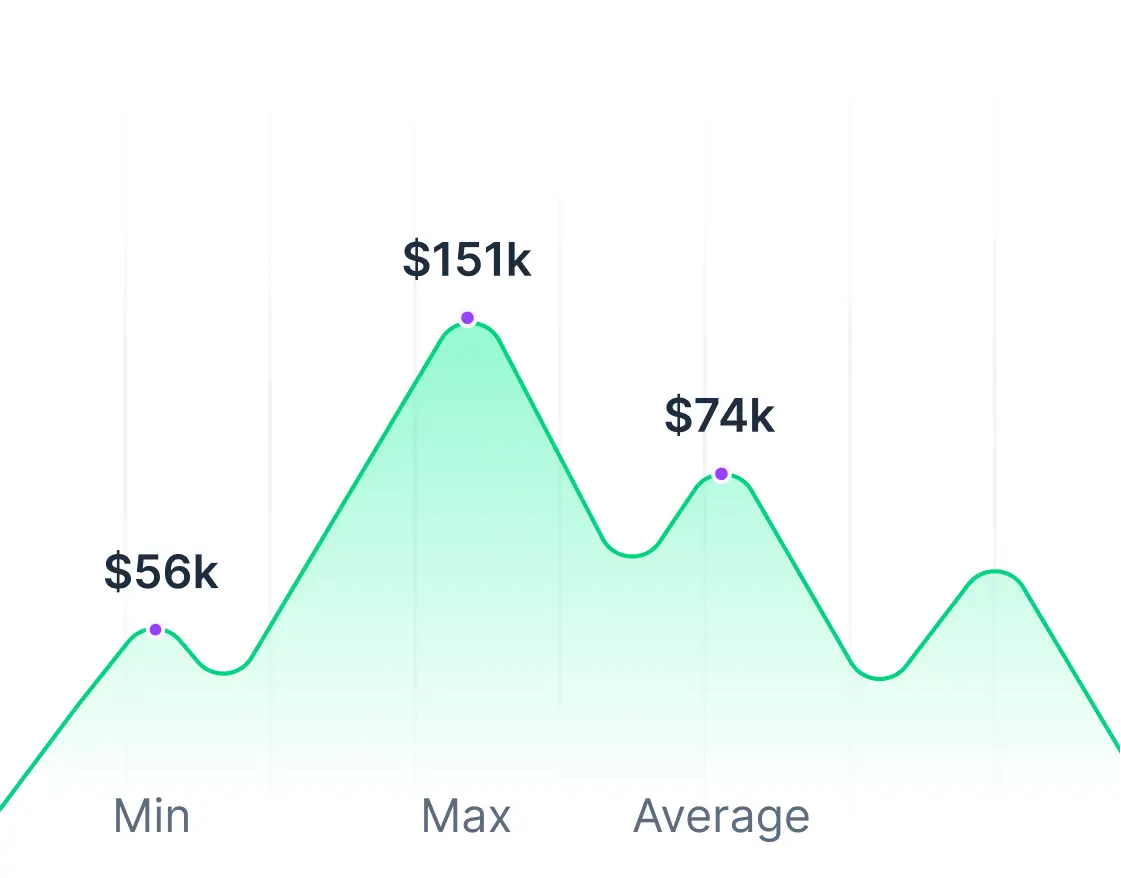The Strategic Roadmap: Overview and Timeline
The 2025 Data Analytics Roadmap gives a systematic approach for those who want to create or switch into analytics careers. Data has emerged as a key business asset in the current time, and organizations are increasingly in need of professionals who can not only analyze data but also make sense of it and use the insights to inform strategic business decisions.
This roadmap is segmented into phases that extend over many months. The initial two months concentrate on building the mathematical, statistical, Excel, and SQL foundation. The next two months concentrate on technical skill-building using Python or R, data cleansing, and visualization tools. Months five and six concentrate on real-world application via portfolios and certifications. After the six-month period, the roadmap is directed towards career growth and future-proofing, with emphasis on cloud, big data, and AI skills, as well as soft skills development.
By following this data analytics learning roadmap, learners gain both technical competence and professional credibility. It ensures steady progress, rather than a scattered approach, which is why it is widely considered the most effective roadmap for learning data analytics today.
Establishing Foundational Competencies (Months 1-2)
The foundation for the Data Analytics Roadmap begins with a good foundation. Fundamentals must be understood clearly before advanced methods can be utilized.
1. Core Math and Statistical Principles
In the initial phase, students must concentrate on math and statistics. Probability, distributions, and regression are the constructs that constitute the vocabulary of data analysis. Statistics show how to summarize, interpret, and test information, which is critical in making sense of raw data. A good example is an A/B test on a marketing campaign, where statistical techniques indicate whether one variant performs better than another.
2. Advanced Excel and Spreadsheet Proficiency
Excel remains an indispensable tool despite the rise of modern platforms. It allows quick calculations, trend identification, and the creation of dashboards that managers can easily interpret. Advanced formulas, pivot tables, and visualization options make it a critical tool for analysts at the start of their journey. Building fluency in Excel is one of the quickest ways to demonstrate analytical ability in a business setting.
3. Structured Query Language (SQL) Mastery
SQL is the backbone of most analytics work because it allows professionals to retrieve, filter, and manipulate large datasets directly from databases. Developing SQL expertise means being able to access the data you need without relying on others, which speeds up insights and adds independence to your workflow. By the end of this stage, learners should be comfortable joining datasets, writing queries, and analyzing structured data.
Core Technical Toolkit Mastery (Months 3-4)
Once the foundations are set, the roadmap advances into technical mastery. This stage transforms raw knowledge into practical capabilities.
1. Programming Strategy: Choosing and Mastering Python or R
Programming skills are now considered essential for data analysts. Python and R are two of the most commonly used programming languages. Python is widely used in industry due to its versatility and robust library support for data analysis, machine learning, and visualization. R, on the other hand, is potent in academic and research settings for statistical analysis. Choosing one language and mastering it provides confidence and efficiency when working with real datasets.
2. Data Cleaning, Preprocessing, and Exploratory Data Analysis (EDA)
Data is never clean. Rather, making data ready to a level where it can be used for making decisions takes most of an analyst's time. It is imperative to know how to handle missing values, outliers, and data formatting. Exploratory Data Analysis, or EDA, thus turns out to be a crucial step by allowing analysts to visually and statistically explore data sets, identify key patterns, trends, and anomalies. This guarantees that decisions are made based on correct and relevant information.
3. Visual Storytelling: Techniques and Tools (Tableau/Power BI)
Technical results are only useful if they can be conveyed effectively. Data visualization software like Tableau and Power BI are meant to convert raw data into interactive dashboards and effective visuals. By becoming proficient in these tools, students can take sophisticated datasets and convert them into simple-to-consume stories that drive executives to make well-informed decisions. A heavy emphasis on storytelling ensures that data is not only analyzed but also followed through on.
Practical Application and Validation (Months 5-6)
Theory must always be validated with practice. The Data Analytics Roadmap dedicates months five and six to proving your skills through real-world application.
1. Developing a High-Impact Data Portfolio Strategy
A portfolio is evidence of capability. Constructing one using real-world projects shows technical as well as business-minded thinking. Projects can be sales forecasting, customer segmentation, or interactive dashboards. Hosting these on GitHub, Tableau Public, or Kaggle makes them visible to recruiters and potential employers. A well-crafted portfolio often speaks more than a resume does.
2. Key Certifications and Credibility Building
Certifications are an outside acknowledgement of your abilities. In 2025, some of the most sought-after include the Google Data Analytics Certificate, Microsoft Power BI Data Analyst Associate, and AWS Data Analytics Specialty. They all bring credibility and prove dedication to formal learning. For career changers, certifications are especially beneficial in closing the experience-achievement gap.
Career Advancement and Future-Proofing (Months 7+)
The later stages of the roadmap are about growth and sustainability. Analytics is a fast-moving field, and professionals must ensure their skills remain relevant in the future.
1. Developing Critical Soft Skills and Data Storytelling
Soft skills are often what differentiate a good analyst from a great one. Learning to communicate insights in a clear and persuasive way ensures that your work has business impact. Storytelling with data is especially important, as it connects analysis to organizational goals. Being able to explain findings in a non-technical language makes analytics accessible to all stakeholders.
2. Introduction to Cloud, Big Data, and AI Fundamentals
Modern analytics increasingly depends on cloud and big data platforms. Learning tools such as Google Big Query, AWS Redshift, or Azure Synapse provides exposure to large-scale data handling. In addition, basic knowledge of machine learning and artificial intelligence is now expected in many roles. These technologies allow analysts to move beyond descriptive analysis into predictive and prescriptive insights, keeping them ahead of industry trends.
3. Mapping Career Trajectories (Analyst, Scientist, Manager)
The roadmap equips students with multiple career options. Data analysts concentrate on pulling insights and offering dashboards. Data scientists take it further by developing predictive models and sophisticated algorithms. Analytics managers, however, manage teams and bridge analytics to strategic projects. The route taken will be based on personal objectives, but the roadmap provides flexibility and preparation for any job.
Conclusion
2025 Data Analytics Roadmap is not just a set of skills but a holistic journey from ground to specialization so that the professionals are employable, reliable, and adaptable. Starting with statistics and SQL, progressing via Python or R and visualization tools, leveraging the knowledge using portfolios, and ending with future-proofing through cloud and AI, this roadmap provides learners with all they need to succeed in analytics today.
For those pursuing a Data Analytics Certification, this structured approach provides the perfect learning path, aligning practical skills with industry expectations. By following this structured data analytics learning roadmap, professionals gain not just technical competence but also the communication skills and strategic mindset required in today’s data-driven world. Ultimately, this roadmap to learn data analytics provides the confidence and direction needed to build a successful and sustainable career.







 In today’s digital era, data has become the foundation for decision-making across every industry.
In today’s digital era, data has become the foundation for decision-making across every industry. 















